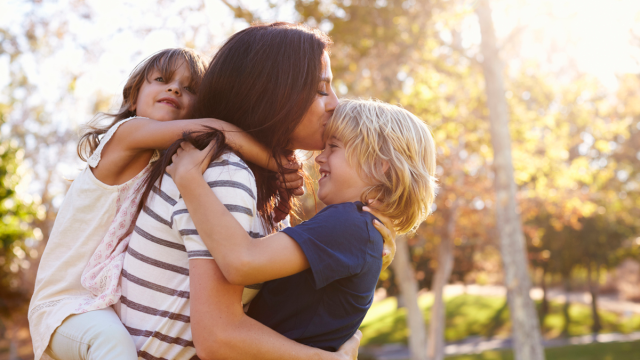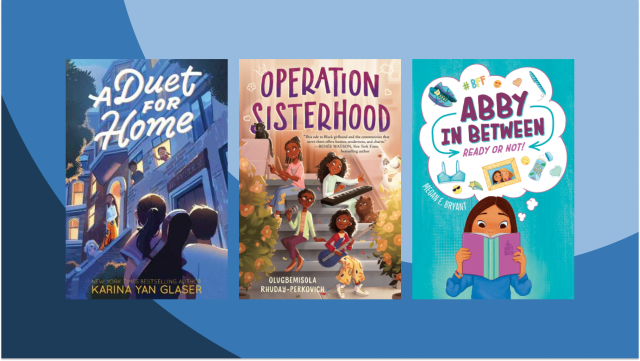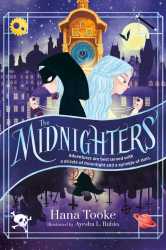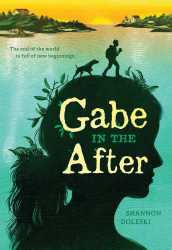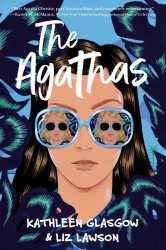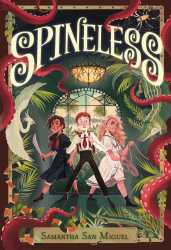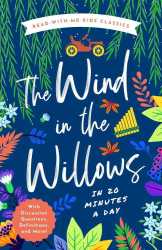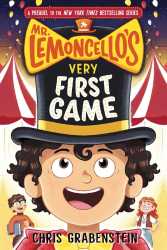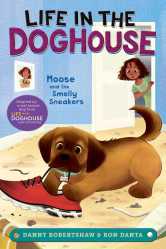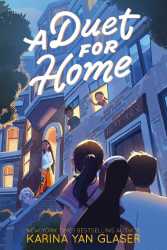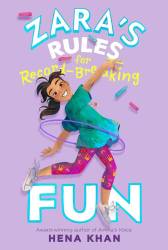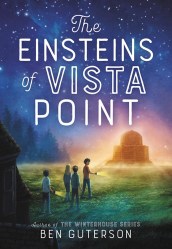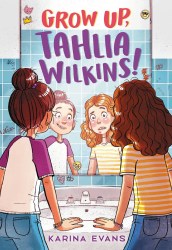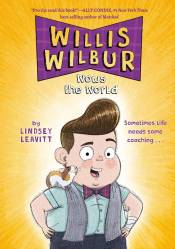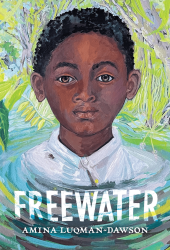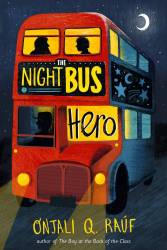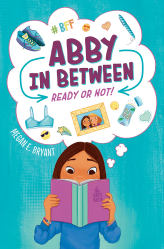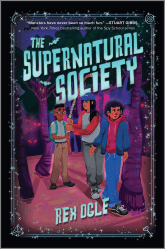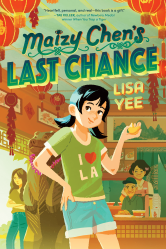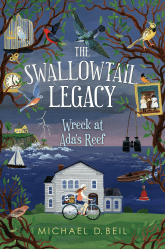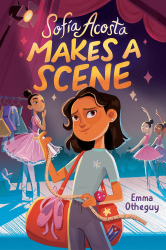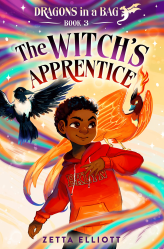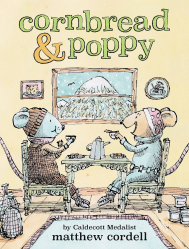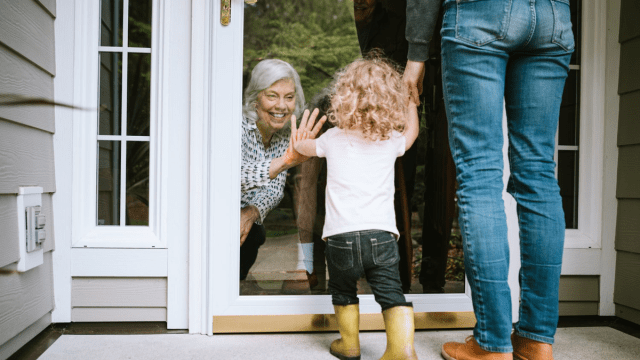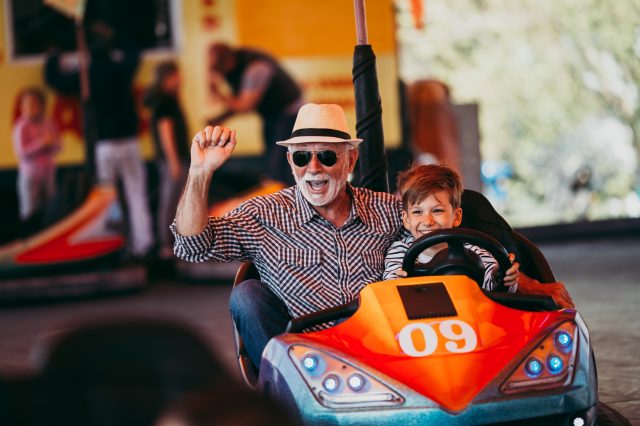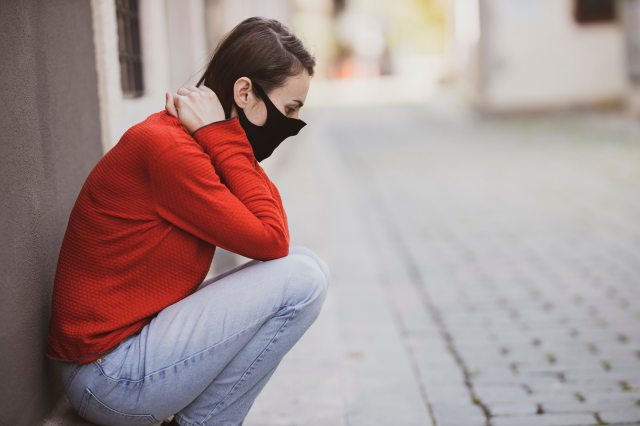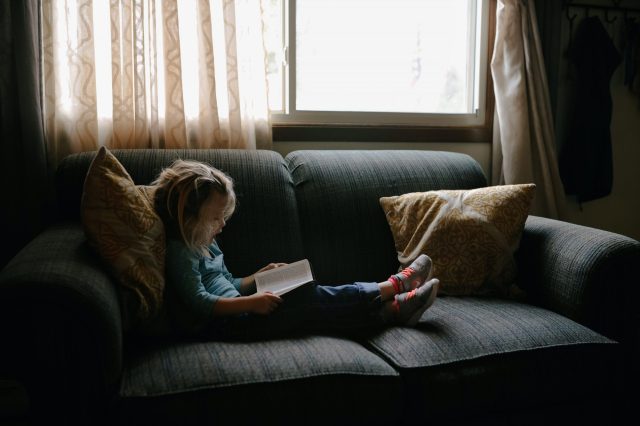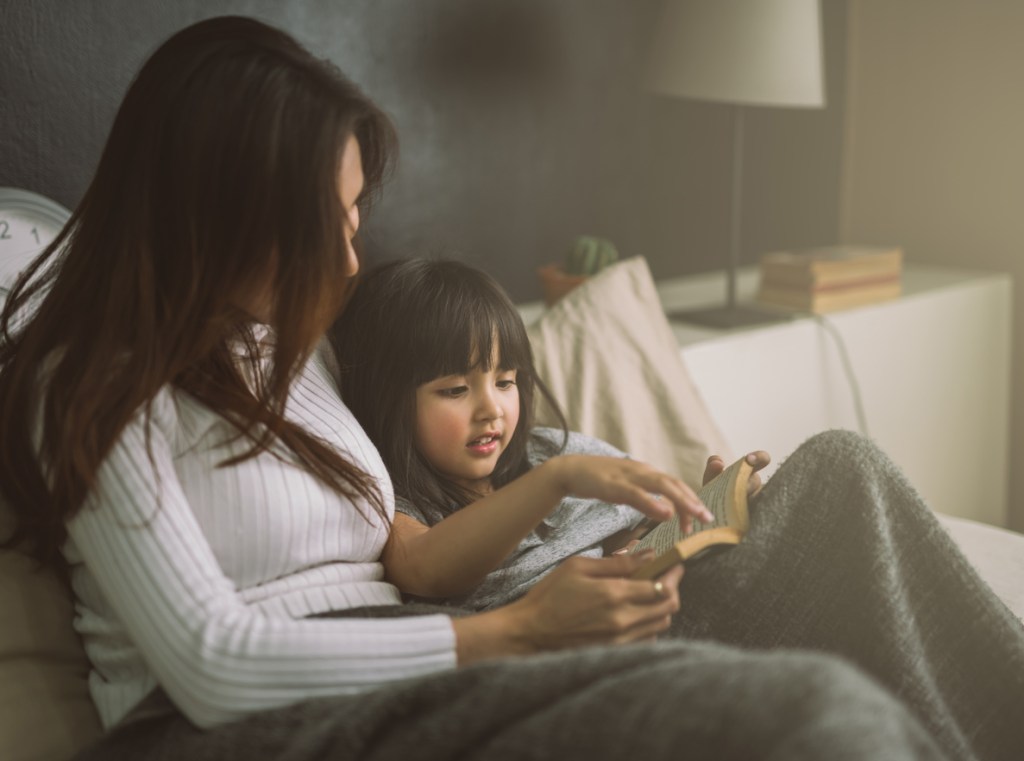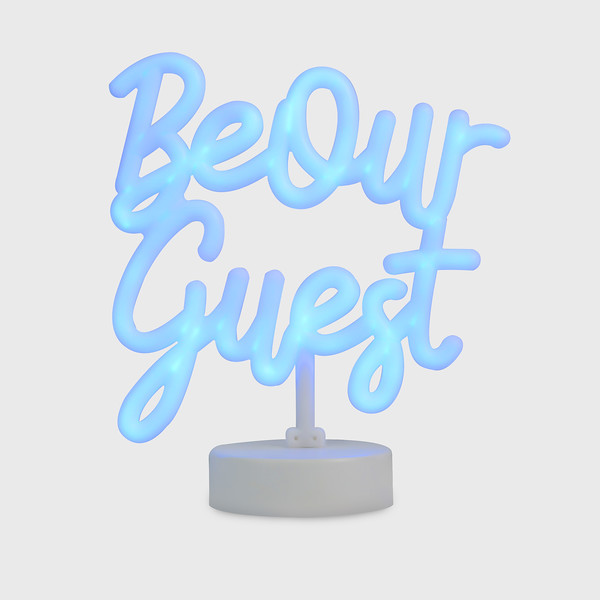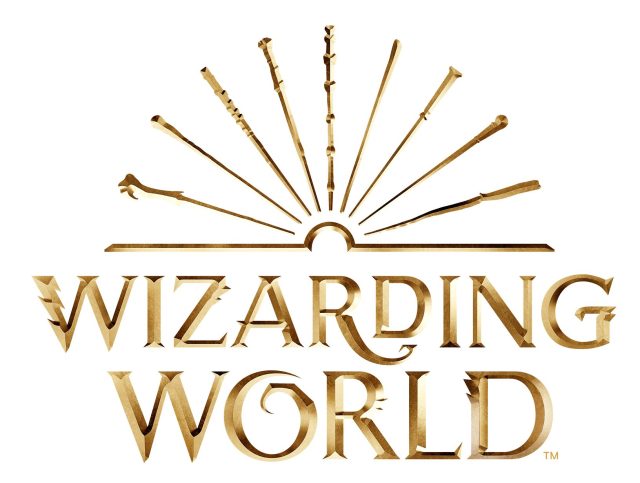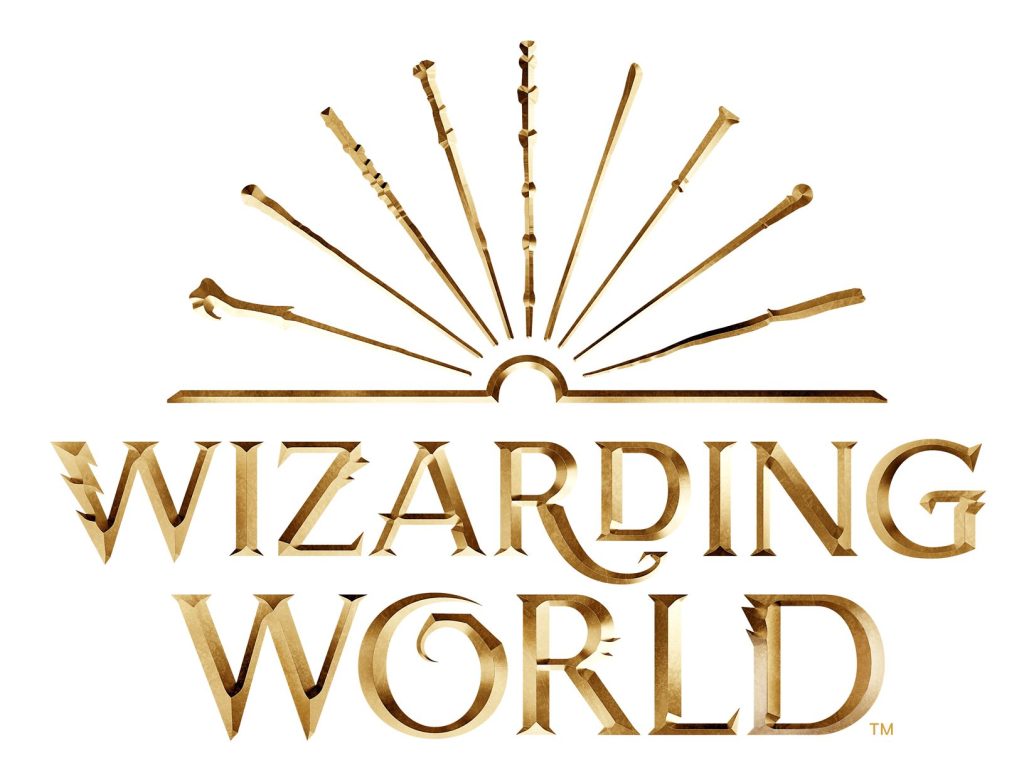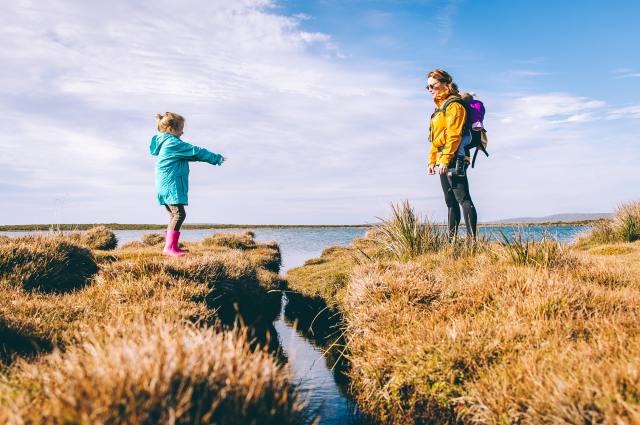COVID-19 is causing a mental health crisis in people of all ages, but no group has been more impacted than our young people. In fact, the American Psychological Association says that teens currently report worse mental health and higher levels of anxiety and depression than all other age groups—including adults.
So, what can parents do to help? Plenty.
We can pay attention, we can provide meaningful support, and we can enlist professional help when it’s needed. Most of all, we can maintain a focus on helping our kids build the strengths and skills they need to thrive, not just during the pandemic, but all through life.
The following tips can help parents support their children right now. Remember that each child is unique and will respond differently to a traumatic event like COVID-19. Of course, be sure to tailor the following exercises to your child’s needs and age group.
Identify Triggers
Try to identify specific triggers. Spend some time observing your child’s behavior. When you recognize a behavioral pattern that needs closer attention, try to figure out its cause. For instance, maybe the outburst always happens on Wednesday mornings—and you realize that’s the time for the school math tests. Or perhaps every Thursday afternoon around 3:00 p.m. your child has a tantrum—and you recognize that his usual daily naps are being interrupted.
Track Concerning Behavior
Track concerning behaviors on a calendar. Signs of struggle are easy to miss, especially when we have so much going on in our own lives. Track your child’s daily behavior on a calendar (without them knowing that you’re watching). For the next week, note the specific time and place of the concerning new behavior (the tantrum, fear, clingier behavior). The process can help us see a pattern for a troubling new behavior that can be missed.
Make Positive Changes
Make positive changes to help your child struggle less and shine more. For instance, contact the teacher for suggestions on how to help them with their math. Or alter your schedule so that your child gets those daily naps.
Share Feelings
Give permission to share feelings. Getting kids to open up and share why they’re struggling is not easy. In fact, teens tell me one reason they don’t talk about their pain is that they don’t want to disappoint or hurt us. So, give permission for kids to share their feelings and hurt. You might tell them, “It’s okay to feel afraid.” Or, “Thanks for telling me you are hurting.”
Validate Sadness
Acknowledge the pain; validate sadness. Don’t try to talk your child out of their fear, sadness, or worries. They are real to the child, and many are grieving for lost milestones. Validate their grief. “I’m so sorry you’re sad.” “I’m here for you.” “It must be painful…(to lose the scholarship, prom, graduation).” Listen, be present, but don’t lecture.
Offer Reassurance
Lean in and offer calm, repeated reassurance. In order for every child to thrive, they have the basic need to feel safe and accepted. Children and teens say that these type of messages are best at assuring them and help:
-
“I’m not going anywhere.”
-
“I’m here for you. How can I help?”
-
“I’ll be back and keep checking.”
-
“Let’s think what we can do to make you feel safer.”
-
“Remember, I love you and am always here for you.”
-
“You’re safe now.”
-
“It will be okay.”
-
“We’ll get through this.”
If you can’t think of what to say, kids say that just being there, rubbing their back with your calm presence can do wonders. Sometimes a direct, calmly delivered question works: “You don’t seem like yourself. Are you depressed? Sad??” Or just leave a caring note on your child’s pillow every day to provide reassurance. “I’m here for you” is the key message you want to convey. Don’t assume if your child doesn’t ask for help that he doesn’t need you. Be there!
Create a Support Network
Identify champions your child can turn to. A few examples might be: “There are people who care about you.” “Here’s where you can reach me at any time.” “What will be our private signal if you need me?” “Let’s name people you can count on to help.” (like the pediatrician, school counselor, Great Aunt Sally). You can also provide your child with phone numbers and times they can be reached if you’re not there.
Help Build Connections
Help your child build connections to combat loneliness. Physical distancing has reduced the face-to-face support systems that are so necessary for mental health, and research shows that kids are now suffering due to isolation. Teens and young adults are far more likely to be lonely as well as suffer from anxiety and depression. Loneliness and depression can be a toxic combination, especially during physical distancing. In fact, a recent Harvard study revealed that 43 percent of young adults reported increases in loneliness since the outbreak of the pandemic. An alarming 61 percent of young people aged 18-25 are suffering miserable degrees of loneliness.
Combat Loneliness
To combat loneliness, find creative ways to help your child connect with friends such as setting up regular virtual playdates, book clubs, exercise or yoga groups, study partners, or explore hobbies with a friend. Encourage digital use as a way for your child to reach friends face-to-face (such as through Skype, FaceTime, Zoom). But be sure to set limits on screen time if the activity is not “with” another person.
Reduce Risks
Reduce potential risks. Keep a watchful eye on your teen—even if he seems to be doing well. Lock up liquor and prescription drugs, and monitor your mail and car keys. Beware that some kids order online prescription drugs to reduce anxiety using their parents’ credit card.
Take care of your own emotional needs too. It’s hard to be calm when you know your child is hurting, so take care of yourself so you can take care of your child. To avoid arguments, create a family “calm down” signal such as holding your hand straight out like an umpire to mean “I need space.” And then refuse to engage until you and your child are calm.
Don’t Hesitate to Seek Help
NEVER hesitate to seek help if your gut tells you it’s needed. If you see a disturbing new trend in your child’s behavior, find out what is causing the change by seeking help from a trained mental health professional, counselor, pediatrician, psychiatrist, or psychologist. And remember that safety is always your top concern, so take immediate action if your child discusses plans of self-harm or your instincts tell you that something is wrong. Contact the National Suicide Prevention Lifeline at 1-800-273-8255 for support and assistance from a trained counselor. (You might want to post the number so you and your child can easily find it.) If there is an immediate danger, take your child to the emergency room or call 911.
All of these actions are part and parcel of building resilience in your child. And there’s no better time to teach the resilience that leads to thriving than when life is tough.
Thrivers are made, not born. Parents can learn what it takes to help kids thrive, and they can put those actions into practice daily. Don’t underestimate the difference you can make in your child’s life, now and in the future. The single greatest commonality in children who thrive during adversity is a caring adult who refuses to give up on that child.
—Michele Borba, Ed.D., author of Thrivers: The Surprising Reasons Why Some Kids Struggle and Others Shine, is an internationally renowned educational psychologist and an expert in parenting, bullying, and character development.
Photo: engin akyurt on Unsplash
Michele Borba, Ed.D., is the author of Thrivers: The Surprising Reasons Why Some Kids Struggle and Others Shine and UnSelfie: Why Empathetic Kids Succeed in Our All-About-Me World, and is an internationally renowned educational psychologist and an expert in parenting, bullying, and character development. For more information, please visit micheleborba.com.
